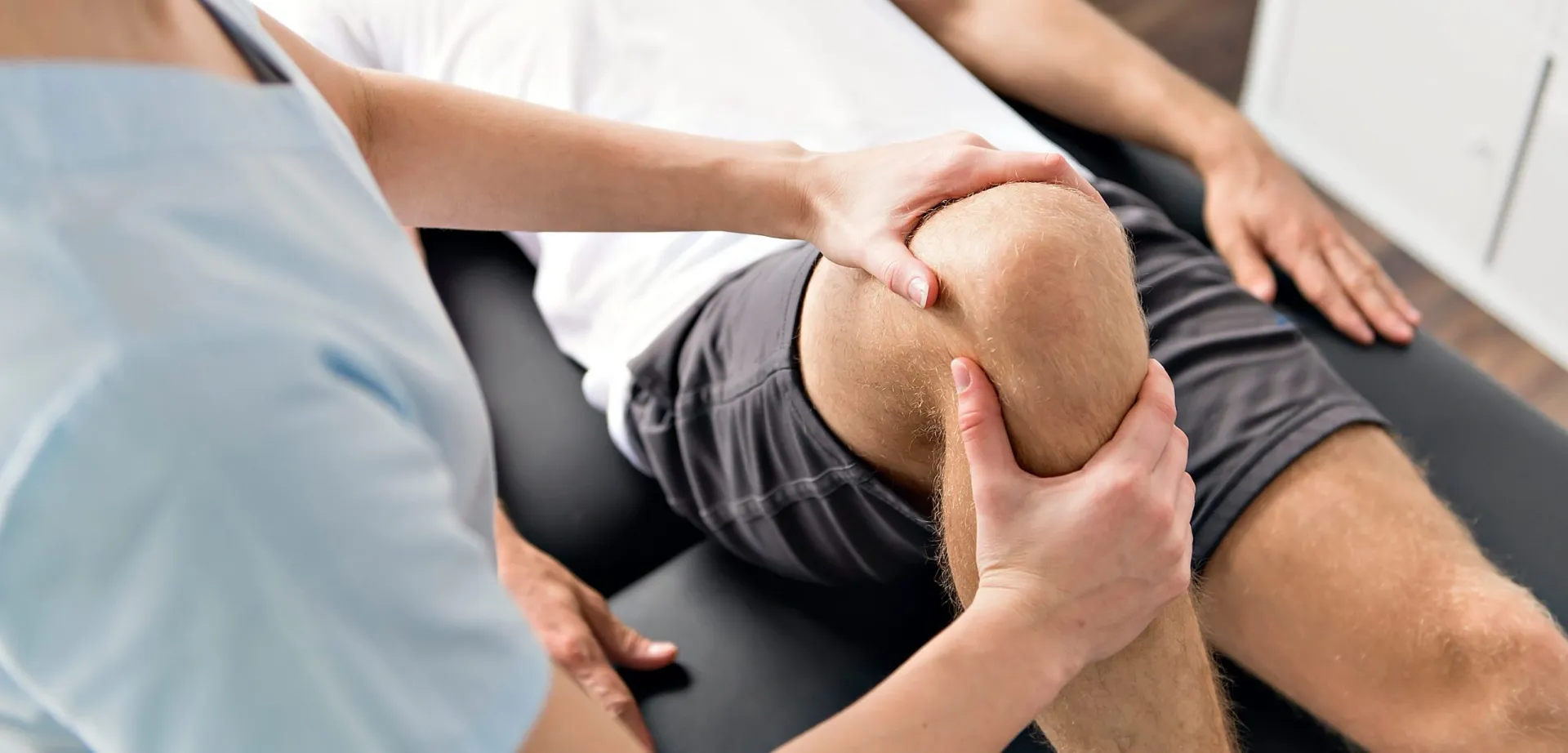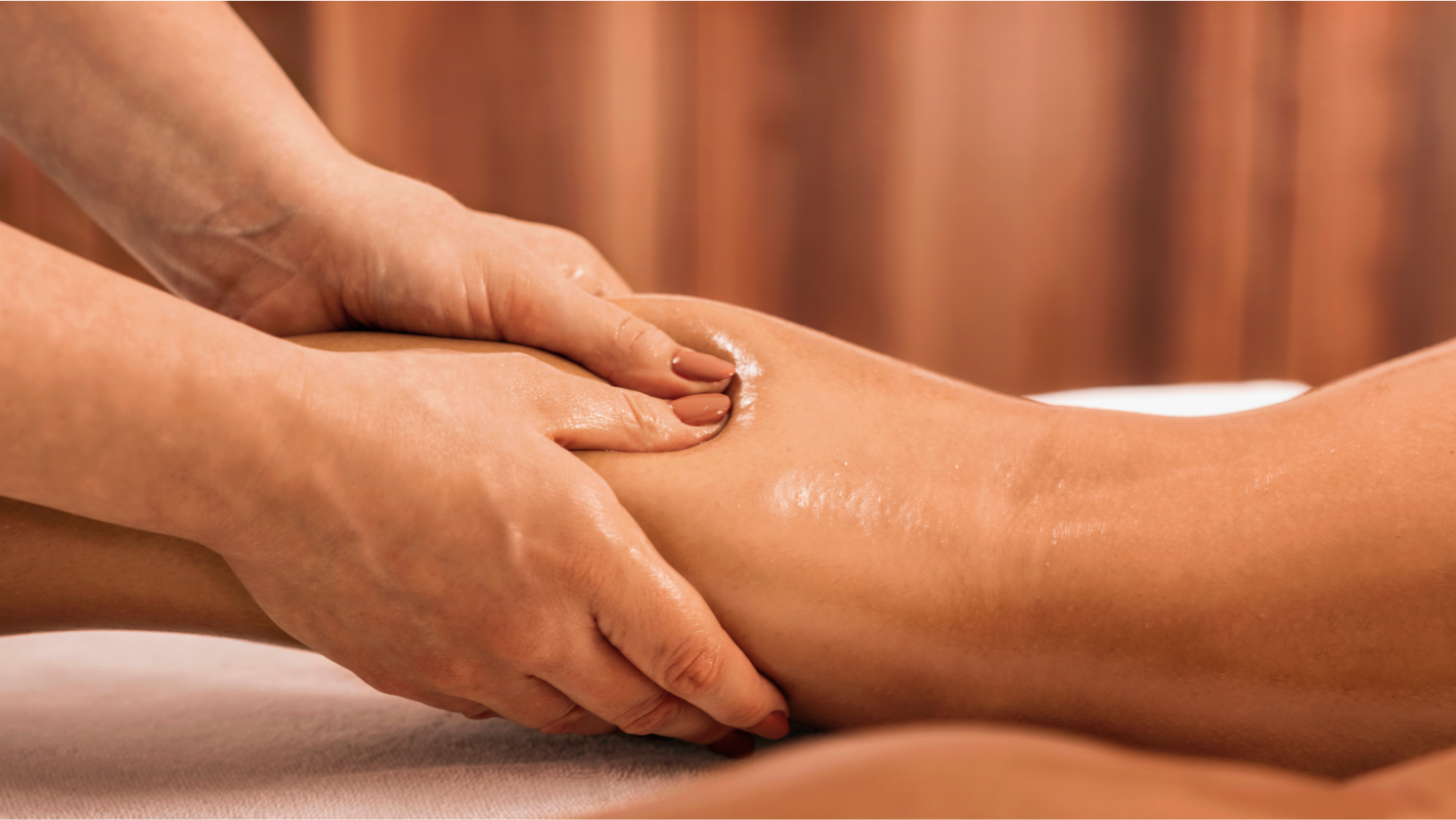9 Inalienable Truths About Tendinopathy
There is a lot we do not know about Tendinopathy, but there are some inalienable truths that you should know as a clinician and patient (the references below provide proof).

1) Tendinopathy does not improve with rest
The pain may settle but returning to activity is often painful again because rest does nothing to increase the tolerance of the tendon to load.
2) Although there are some inflammatory biochemical and cells involved in Tendinopathy, it is not considered to be a classic inflammatory response
Anti inflammatories may help if you have very high pain levels but it is unclear what effect they have on the actual cells and pathology.
3) Tendinopathy can be caused by many different risk factors
The main factor is a sudden change in certain activities – these activities include:
- Those that require the tendon to store energy (i.e. walking, running, jumping).
- Loads that compress the tendon. Some people are predisposed because of biomechanics (e.g. poor muscle capacity or endurance) or systemic factors (e.g. age, menopause, elevated cholesterol, increased susceptibility to pain, etc). Predisposed people may develop tendon pain with even subtle changes in their activity.

4) Exercise is the most evidence based treatment for Tendinopathy
tendons need to be loaded progressively so that they can develop greater tolerance to the loads that an individual needs to endure in their day-to-day life. In a vast majority of cases (but not all) Tendinopathy will not improve without this vital load stimulus.
5) Modifying load is important in settling tendon pain
This often involves reducing (at least in the short-term) abusive tendon load that involves energy storage and compression.
6) Pathology on imaging is NOT equal to pain – pathology is common in people without pain
Also, if you have been told you have ‘severe pathology’ or even ‘tears’ this DOES NOT necessarily mean you will not get better or have a poorer outcome. Further, we know that even with the best intentioned treatment (exercise, injections, etc) the pathology is not likely to reverse in most cases. Therefore, most treatments are targeted towards improving pain and function, rather than tissue healing, although this still is a consideration.

7) Tendinopathy rarely improves long term with only passive treatments such as massage, therapeutic ultrasound, injections, shock-wave therapy etc
Exercise is often the vital ingredient and passive treatments are adjuncts. Multiple injections in particular should be avoided, as this is often associated with a poorer outcome.
8) Exercise needs to be individualised
This is based on the individual’s pain and function presentation. There should be progressive increase in load to enable restoration of goal function whilst respecting pain.
9) Tendinopathy often responds slowly to exercise
You need to have patience, ensure that exercise is correct and progressed appropriately, and try and resist the common temptation to accept ‘short cuts’ like injections and surgery. There are often no short cuts.
GET IN TOUCH
Chelmsford Physio
Riverside Ice and Leisure Centre,
Victoria Road
Chelmsford
CM1 1FG
Tel:
01245 895410
Email:
hello@chelmsfordphysio.co.uk
STAY CONNECTED
Join our newsletter and find out more
Contact Us
Thank you for signing up!
Please try again later



